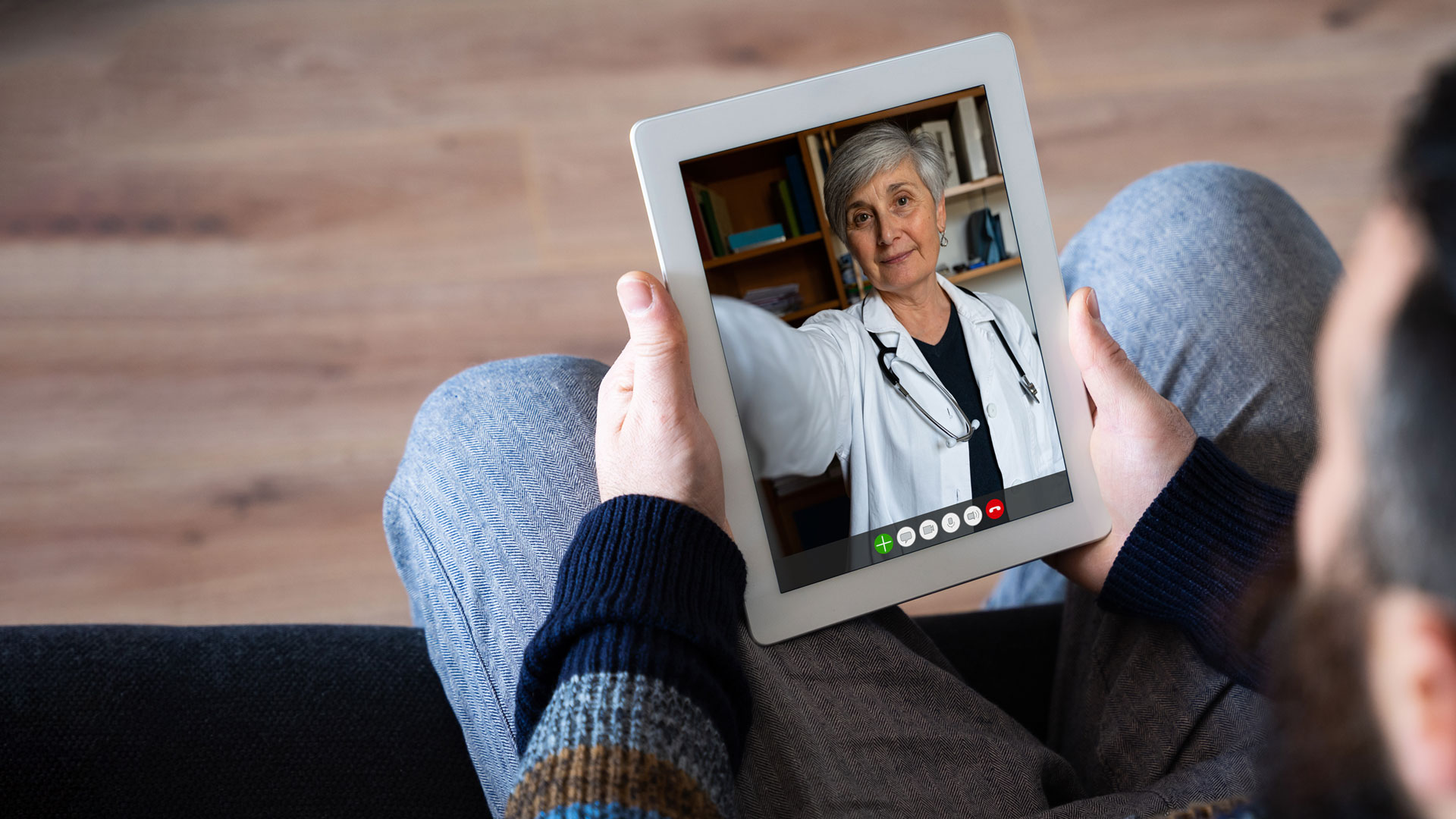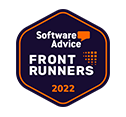Unified Communications as a Service, refers to a suite of applications that brings together the entire communication network of an entity or organisation onto a single platform–– ‘unifying’ them in the process.
Also known as UCaaS, these solutions enable communications via IP. They’re complemented by a host of systems and tools such as a hosted phone system, network management tools, conferencing and collaboration tools, management portal, and much more.
The advantages of consumer-based VoIP services have led to the development of UCaaS. It is a cost-effective solution for small and large businesses across various industries such as IT and retail. The latest entrant in this list of industries is the healthcare sector.
The need for high-quality healthcare services has become paramount, especially considering the pandemic that has ravaged the world for the past year and a half. While there have been several technological advancements in the healthcare sector, especially in diagnostic and prognostic services, there still exists quite some room for improvement.
Today, effective treatment is a function of time and collaboration between multiple stakeholders including doctors, hospitals, diagnostic centers, medical device manufacturers, and pharmacies. Quick diagnosis and accurate prognosis depend on the fast and seamless sharing of important information between these stakeholders.
Additionally, a reduction in waiting time shall improve the overall experience for patients and their caretakers. It would also help the workforce, considering it is already burdened by an increasing patient base. Thus, there is a strong case for the various players in the healthcare industry to adopt UCaaS solutions.
UCaaS solutions offer the following benefits to the healthcare sector:
1. Financial benefits
It allows organisations to bundle their voice and video communication requirements over a single cloud connection for fixed monthly operational charges. This eliminates high and varying infrastructural expenses associated with on-premise hardware of the legacy telephony systems.
Furthermore, advanced models have come up in the market, combining additional services like security, integration, and analytics into a single package. This considerably reduces the expenditure, by spreading the cost of a single offering across multiple services.
2. Operational efficiency
UCaaS can unify the various disparate forms of communication channels, including voice, video, email, messaging, etc. The cohesive interface allows medical teams to stay in touch with each other irrespective of location and time, thus ensuring a quick exchange of information and ideas.
This also means that multiple cases can be handled and resolved in less time through multi-party collaboration—increasing the overall efficiency of the workforce. Faster delivery of medical information such as prescriptions and reports positively impacts patient satisfaction.
3. Seamless integration
A major roadblock towards the adoption of any new technology is the fear of a complete overhaul or specific customisations, which can lead to downtime—resulting in a bad customer experience.
However, UCaaS has the ability to seamlessly integrate with any existing system owing to its simplicity. It also needs minimum modifications to be able to work in tandem with the existing systems for smooth functioning. These capabilities aid healthcare entities in quickly setting up with negligible lag time.
4. High security
The 21st century is a digital book and in this age, data privacy is an important concern. Rules pertaining to data security are especially important for hospitals and other medical institutions, owing to the sensitive nature of patient data.
Keeping this in mind, hospitals need to be prepared against potential cyberattacks and data leaks. UCaaS providers offer high-end cloud-based security that secures patient information and meets all the required legal compliances.
5. Mobility
UCaaS offers flexibility and mobility. This means that doctors and healthcare workers aren’t tied to their workspaces. They can work from anywhere and at any time via the UCaaS platform.
This feature further facilitates quick case handling, which becomes an important factor in emergency cases. Swift action, based on instant dissemination of information, can often be the deciding factor in a critical case!
In the end, healthcare is like any other industry that needs sound infrastructure for smooth running. We have enumerated the various advantages that a UCaaS platform can offer to the industry––it can empower clinicians, administrators, and frontline workers to deliver the best possible results.
Let us now discuss some real-life use cases that can be driven by the adoption of UCaaS:
1. Increased collaboration between stakeholders
These days, healthcare teams are increasingly mobile and varied—from paramedical aides working on the ground, to doctors and nurses attending to their patients in the hospital. This is further accentuated by private practitioners as well as smaller healthcare centres, leading to numerous healthcare teams working in different locations.
Quite often, treatment requires multiple inputs from different healthcare experts. The current dispersed structure of these teams makes it rather cumbersome to share information and collaborate effectively. This is where UCaaS platforms help.
These solutions can be coupled with commonly used productivity and collaboration tools like G-Suite apps, Gmail business accounts, Zoom accounts, etc. With these integrations in place, the teams can call or message their co-workers and access features like call recording, video calling, and even document sharing and tagging.
2. Improvement of the patient experience
A positive patient experience is an important indicator of an efficient healthcare system. Any kind of correspondence between healthcare professionals and patients leaves an impact on the latter’s psyche. Hence, it becomes imperative to reduce patient waiting time and direct them to the relevant medical expert in the least possible duration.
With UCaaS, hospitals can adopt virtual receptionists that can guide a patient to the right professional or medical department. Further, diagnostic results can be immediately dispatched to patients as well as their respective physicians and an automated alert system can notify them about future appointments or prescription refills.
3. Telemedicine (or telehealth)
Telemedicine (or telehealth or teletheraphy) refers to the practice of consulting a physician over a long-distance call. The video conferencing tools in a UCaaS platform solve the issues arising from remote geography or in the case of pandemic-induced lockdowns.
It also helps provide timely and correct treatment to emergency patients living in remote rural areas where quality healthcare might be inaccessible.
During the COVID-19 pandemic, we saw this technique being followed quite uniformly across the world. Physicians all across the world could guide their patients via video conferencing tools, thus preventing additional load on the already overwhelmed health infrastructure.
4. Internet of Health Things (IoHT)
The Internet of Things has brought in a revolution through Internet-connected devices such as temperature and light sensors. The technology improves efficiencies, reduces manual effort and lowers operational costs.
IoT devices are now entering the healthcare sector and are referred to as the Internet of Health Things. These range from blood pressure monitors to smart MRI scanners and the FitBits on your wrist!
IoHT devices are capable of collating huge volumes of data which can then be used by medical experts to mitigate various challenges. Currently, they have wide applications in the area of telemonitoring a patient’s vitals as well as hospital assets.
Patient wearables can be used to detect anomalies in blood pressure or pulse rate, and all of this information can be stored in the cloud for further evaluation by physicians. Further, these wearables can alert the patient to take their daily medicine, maintain their hydration levels or keep their doctor appointments!
Conclusion
The extent of the real-life applications of UCaaS in healthcare is limitless. The need for reliable and on-demand healthcare services will only grow with time. To ensure flexible and comprehensive service to patients, it shall become imperative to adopt UCaaS solutions.
The adoption of this technology has a clear benefit for all the stakeholders within the healthcare industry––from clinicians to nurses to technicians. And most of all, it benefits the patients.
Olivia is an outgoing person who enjoys writing, is an SEO enthusiast, and often interacts with others in intellectual conversations. She enjoys listening to music in her free time. Connect with her on Linkedin











